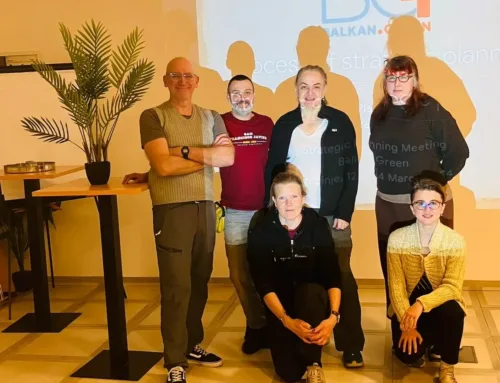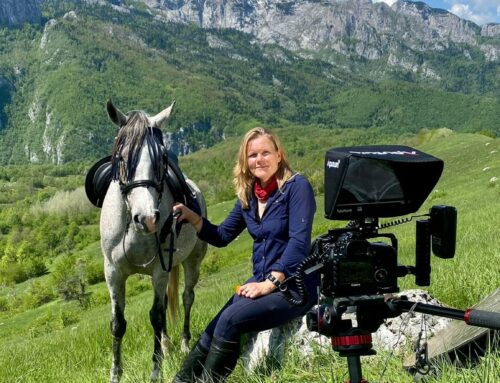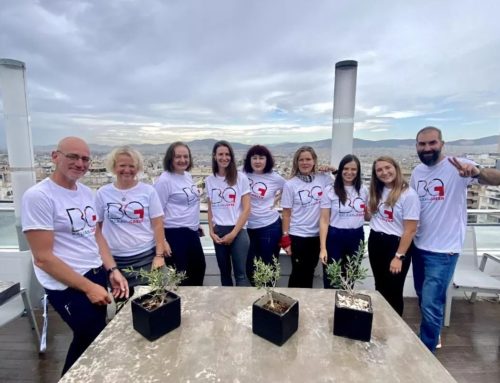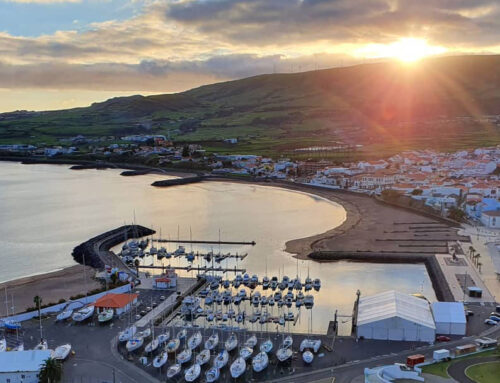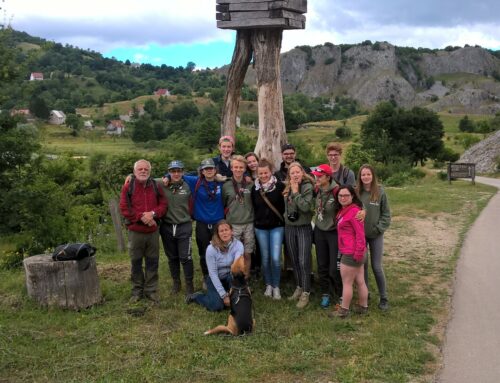IT can contribute to overcoming the climate crisis – but at the same time it is an essential part of the problem. If the Internet was a country, it would rank sixth in terms of electricity consumption.1) And the amount of data worldwide has been forecasted to increase from around 33 zettabytes (ZB) in 2018 to 175 ZB in 2025 – i.e. by around 27 percent every year.2) And this forecast was long before the pandemic caused an explosion of digitalisation with web-based conferences, education, collaboration tools, development of new digital business models etc.
There are six levers of change to consider at this point.3)
- Storage and processing of data in the cloud
- Efficient and effectively operated applications
- Sustainable lifecycle management of devices (laptops, smartphones, screens etc.;
e.g. my last laptop served without any repair needs for 13 years.) - Enabling sustainability with technology
- Responsible management, responsible employees
In order to make the HYVÄ website and the traffic it causes as environmentally friendly as possible, it gets hosted by Petricore, a German start-up of 2021, and the server location is Iceland (link to a blog post in German). There the power supply is fed from 100% renewable energies. However, green electricity alone is not enough.
In addition, due to the relatively cool temperatures in Iceland all year round, the Petricore servers do not require any cooling systems. Ergo, they also save on the power supply for such systems, because they simply don’t need them. Therefore, there are no costs to the environment that would have to be offset in some way.
Thinking ahead in power savings when using and loading servers: If the load is half (or less), Petricore doesn’t let the next server and the server after that run along, just because you might need it at some point. Here, too, we save electricity. They only connect what is actually used to the power grid.
In addition, the servers are operated around 50% longer than conventionally. This means saving on new purchases – and thus also on the use of important resources that would be needed for the production of servers, although their predecessor models are still functional and durable.
Furthermore, Petricore voluntarily offsets any CO2 emissions by supporting the server location Iceland in reforestation and investing in the rewetting of moor (links to blog posts in German). Moors and forests are the two largest CO2 neutralisers that exist.
How much carbon dioxide (CO2) does a server actually cause?
Over the normal lifetime of a server (7.5 years), it emits 1.6 tons of carbon dioxide equivalents (CO2eq) through raw material extraction or recycling, manufacturing, transport and the necessary infrastructure of a data center such as emergency power or backups. In addition, there are usually 1.5 tons for cooling and 5 tons of carbon dioxide equivalents for electricity.
There points cease for Petricore, because of using green electricity and not needing any cooling systems.
An additional 13.5 tons per year are assumed just from the traffic generated on a server (12 TB per server per year | 1 TB corresponds to 150 kg CO2eq). In short, conventional servers emit 21.5 tons of carbon dioxide over 7.5 years. That reveals about 3 tons per year. In comparison, our servers cause only 15.1 tons in 7.5 years – ergo about 2 tons per year. So here, we see a saving of one ton of carbon dioxide per server per year.
This is what happens when Petricore has a million customers
The declared goal is to of Petricore is to operate one million homepages in Iceland in five years. Turn the clock forward – and read more about the impact that this will have compared to a conventional internet provider.
Want to join us?
Your website, app or that of your clients can be one more to make a difference.
Drop these guys a line if you would like to know more! https://petricore.is/team/
1) Greenpeace: Clicking Clean: Wie Unternehmen ein umweltfreundliches Internet erschaffen (Zusammenfassung) Hamburg, 2014
2) https://www.iwd.de/artikel/datenmenge-explodiert-431851/, published 7th June 2019
3) https://www.capgemini.com/de-de/2022/05/erfolgreich-zu-net-zero/, published 12 May 2022
Photo by Jonatan Pie on Unsplash

